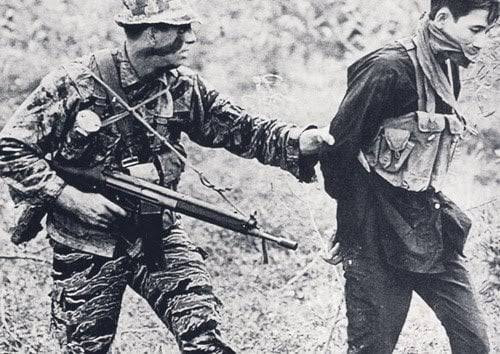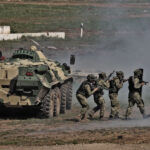Why did American soldiers dislike the M16 during the Vietnam War?
Why did American soldiers dislike the M16 during the Vietnam War? American soldiers initially disliked the M16 rifle during the Vietnam War for several reasons:
Reliability Issues:
The early versions of the M16 had severe reliability problems. Soldiers experienced frequent malfunctions, with the most common being a failure to extract spent cartridges, leading to jams that rendered the rifle useless in combat.
Lack of Cleaning Kits and Training:
Initially, soldiers were not provided with proper cleaning kits or instructions on maintaining the rifle. There was a misconception that the M16 was “self-cleaning,” which led to improper care, especially in the humid and dirty conditions of Vietnam.
Ammunition Problems:
The original ammunition used for the M16 had different powder than what the rifle was designed for. The alternate powder led to excessive fouling and carbon buildup, exacerbating reliability issues.
Comparison to the M14:
The M16 replaced the M14, which was a heavier, more traditional battle rifle that fired a 7.62x51mm cartridge. Many soldiers felt that the M16’s lighter 5.56mm round lacked stopping power compared to the larger-caliber M14, making it less effective in the dense jungle fighting.
Plastic Components:
The M16’s use of lightweight materials, including plastic parts, was a radical departure from the all-metal construction of earlier rifles. Some soldiers distrusted the new materials, believing them to be less durable or rugged compared to older designs.
These problems eventually led to changes in the design and maintenance protocols for the M16, such as the introduction of chrome-plated chambers, cleaning kits, and better training. These improvements ultimately made the M16 more reliable and widely accepted by soldiers.


